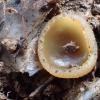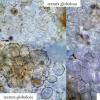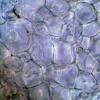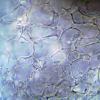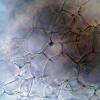
04-04-2024 21:25
 Bernard CLESSE
Bernard CLESSE
Bonsoir à toutes et tous,J'ai trouvé récemment

07-04-2024 14:31
 Bernard CLESSE
Bernard CLESSE
Pourriez-vous m'aider à identifier cet asco noir

06-04-2024 15:40
 Riet van Oosten
Riet van Oosten
Hello, Found by Laurens van der Linde, March 2023

06-04-2024 15:00
 Charles Aron
Charles Aron
Hi All, I came across some minute whitish apothec

19-02-2024 08:01
 Stoykov Dimitar
Stoykov Dimitar
Hallo,Attached are photos of ascomycete finding, f

03-04-2024 21:03
 Thierry Blondelle
Thierry Blondelle
Bonjour,Cette récolte m'intrigue. Mes observation

02-04-2024 19:53
 Milan Malek
Milan Malek
Hello forum,I would like to ask you for help with

03-04-2024 20:01
Margot en Geert VullingsOn hedera leave we saw these round structures with
Peziza ampliata (?) en chênaie calcicole
Bernard CLESSE,
04-04-2024 21:25
 Bonsoir à toutes et tous,
Bonsoir à toutes et tous,J'ai trouvé récemment cette Peziza et je pense à Peziza ampliata.
Qu'en pensez-vous ?
Bernard
Bernard CLESSE,
06-04-2024 20:50

Re : Peziza ampliata (?) en chênaie calcicole
Aucune idée pour cette Peziza ?
Bernard
Bernard
Nicolas VAN VOOREN,
07-04-2024 16:55

Re : Peziza ampliata (?) en chênaie calcicole
Est-ce que la structure de l'excipulum est homogène ? C'est à dire entièrement de textura globulosa ? C'est un des principaux caractères de cette espèce.
Sur mes fiches, je n'ai jamais noté une courbure des paraphyses aussi prononcée.
Sur mes fiches, je n'ai jamais noté une courbure des paraphyses aussi prononcée.


